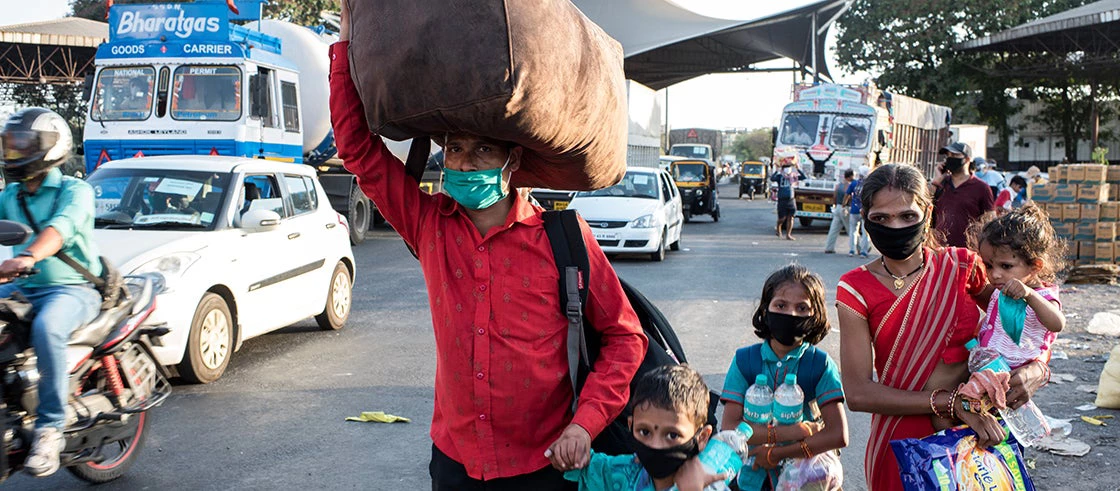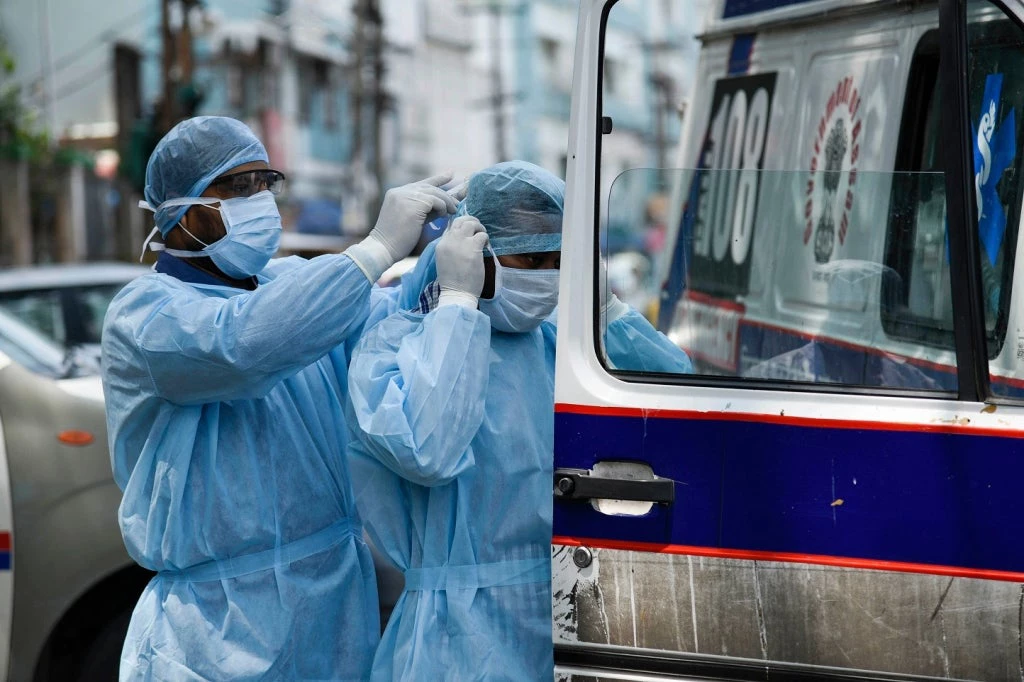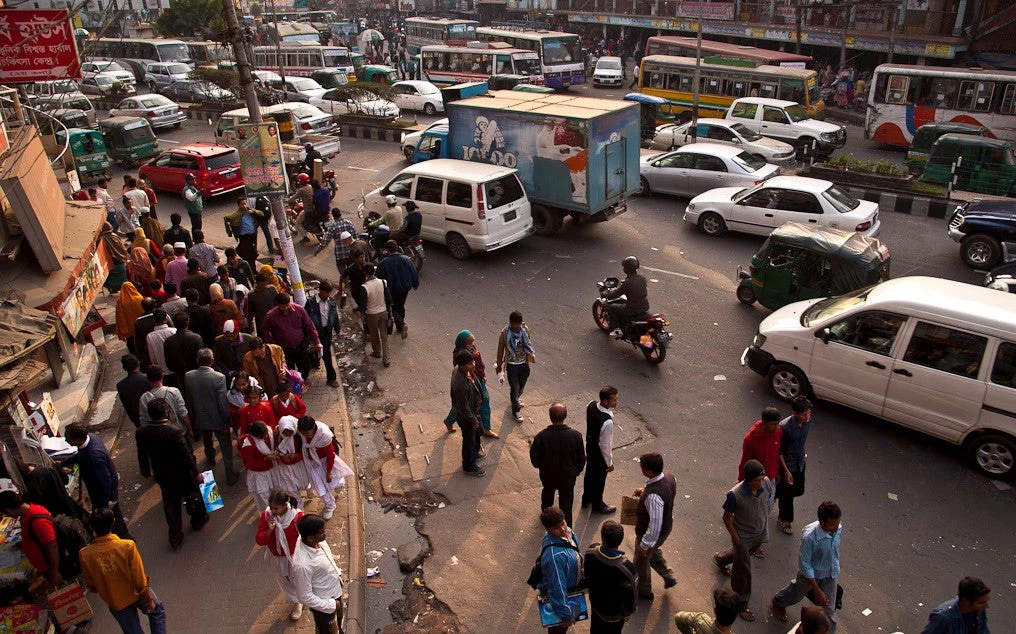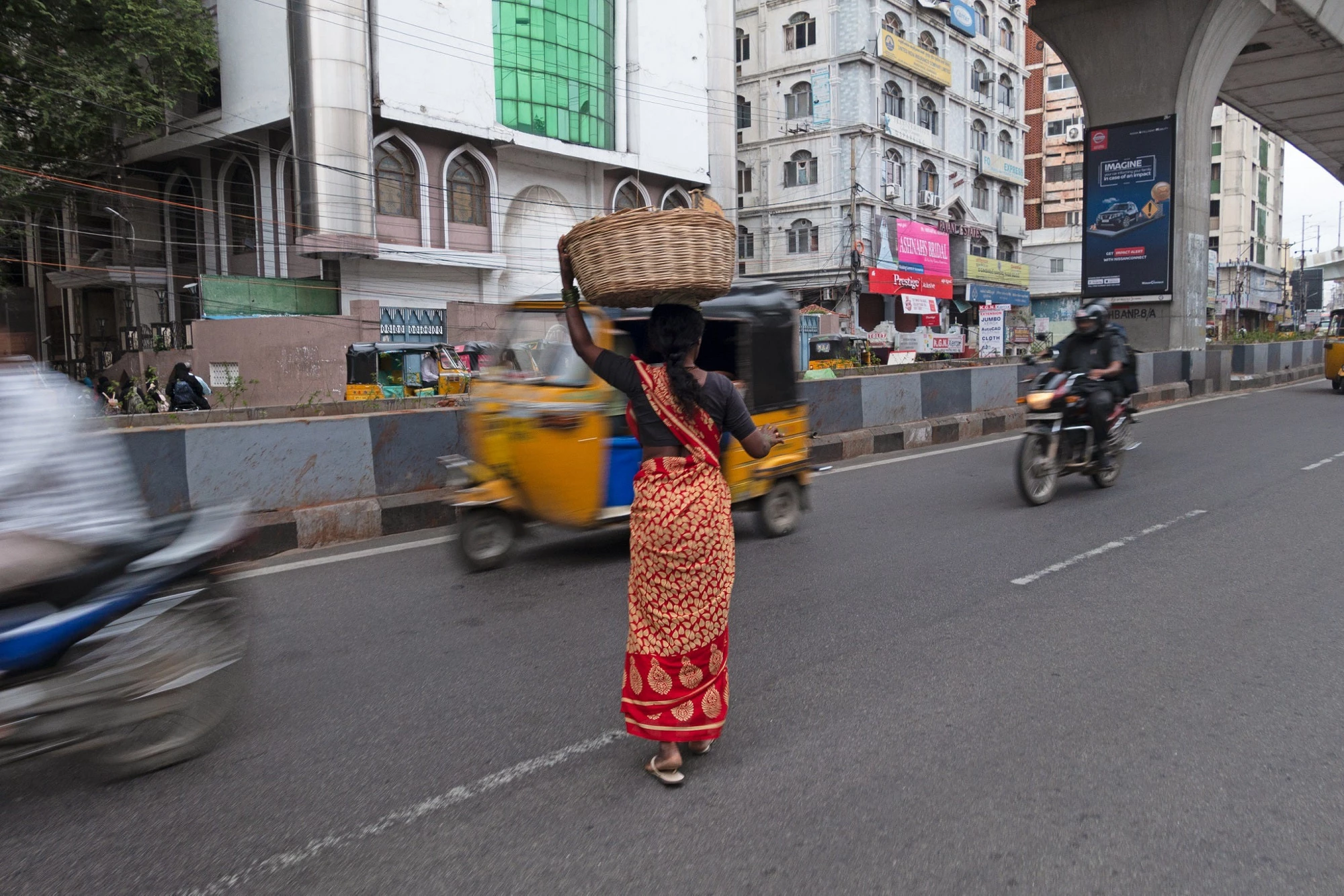 COVID-19 has been a very necessary alarm bell to think consciously about the future of transport and road safety.
COVID-19 has been a very necessary alarm bell to think consciously about the future of transport and road safety.
I vividly remember the 7,400 shoes piled up in Stockholm’s Central Railway station in February this year – each pair representing one of the road crash victims who die every day. This somber display set the stage for the Global Ministerial Conference on Road Safety, where world leaders renewed their political will to fight road crash deaths, the ‘silent epidemic’ that kills over a million people every year.
By the time I returned from Stockholm, the world was already battling a new deadly pandemic, wreaking havoc on people’s lives, livelihoods and the global economy. In South Asia alone, COVID-19 has killed over 100,000 people, and the region is set to plunge into its worst-ever recession, pushing millions into extreme poverty.
As the pandemic rages on in South Asia, reversing years of hard-won development and economic gains, the commitments made in Stockholm might seem less relevant. But, COVID-19 has in fact been a very necessary alarm bell to think consciously about the future of transport and road safety.
COVID-19 and road safety have a common unfortunate characteristic – they hit the most vulnerable people the hardest.
A critical development priority
Road crashes have a devastating and disproportionate impact on the poor. Serious injuries from road crashes and months of costly rehabilitation can thrust a family into deep poverty. In Bangladesh, about 70 percent of poor rural families suffering a road death saw their income decrease. Forty-four percent of rural poor victims who sustained serious injuries were unable to return to their job and spent twice as many days searching for a new job than other victims.
Road crashes also have a direct impact on human capital — data shows that road crash deaths and injuries disproportionately affect adults during their prime years of working and raising a family, and rank among the leading causes of long-term disability. Fatalities from road crashes are also a leading cause of death among young adults between the ages of 15 and 29 in South Asia.
Apart from the enormous human toll, road safety has a major economic impact, with annual crash-related costs estimated at 2 percent to 5 percent of national GDP. Our analysis shows that, for the South Asia eastern subregion, a 50 percent reduction in road deaths would generate an estimated gross benefit of about $1.2 trillion.
Making roads safer will directly support our goals to reduce poverty and to increase shared prosperity.

Reducing the burden on health care systems
Road crashes also result in a massive number of serious injuries. This takes away medical resources which are already being stretched to the limit by the pandemic.
In 2017, the Indian Ministry of Health indicated that up to 48 percent of hospital beds in surgical wards were occupied by road crash victims. In Bangladesh, on any given day, 30 percent of the country’s 1,169 ICU beds are occupied by crash victims. Yet, during the first COVID-19 peak, some countries required 90 percent of ICU beds to treat COVID-19 patients. Reducing the number of serious traffic injuries that require medical care would greatly relieve the region’s overstretched healthcare systems.
Evidence from projects such as the Bank-financed Second Tamil Nadu Road Sector Project suggests that trauma equipment bought initially to attend to road crash injuries is contributing to the COVID-19 response in many hospitals. Bangladesh is setting up a system of mobile emergency medical services with dedicated ambulances for crash victims and COVID-19 patients. Establishing an umbrella funds structure for universal coverage and strengthening emergency care services will enhance countries’ preparedness to respond to health crises.

The pandemic provides an opportune time for countries in South Asia to re-think how to revive transportation systems.
Rethinking urban mobility
Conventional wisdom suggests that lockdowns would bring down the number of road deaths and injuries. For example, India registered a 50 percent reduction in crash deaths when travel restrictions were imposed.
However, a closer look at the traffic data reveals that fatality rates per kilometer traveled have increased. Contributing factors could be higher speeds due to lower traffic volumes, lack of rule enforcement, and a larger proportion of pedestrians and motorcyclists who are more vulnerable than other road users.
This is an opportune time for countries in South Asia to re-think how to revive transportation systems during and after the pandemic , moving away from the car-centric approach to mass transit designs that integrate walking and cycling paths.
I am encouraged to see countries across the region taking proactive policy steps on urban mobility. The Smart City Mission in India recently launched the “India Cycles4Change Challenge” for walking and cycling pilots in 11 cities. Such policy actions will help channel additional resources to build safe and accessible infrastructure for walking and cycling as well as review urban mobility policies.
Road safety and resilient recovery
In a world transformed by the pandemic, working towards a resilient recovery requires utilizing new opportunities to build a more sustainable and inclusive future. Improving road safety will be key to this, helping create pandemic-ready health systems and safer mobility.
We have joined hands with the UN Road Safety Trust Fund, the UN Special Envoy for Road Safety, the Fédération Internationale de l'Automobile, ADB, UK AID, and international philanthropies in a collaborative effort to tackle the road safety challenge.
Now is the time to keep the momentum going on road safety. Together we can save millions of lives and become an inspiring success story for inclusive, sustainable development.
Check out our campaign Together for Road Safety and tune in to watch our World Bank Live event Road Safety in South Asia - Rethinking Urban Mobility amid COVID-19.



Join the Conversation